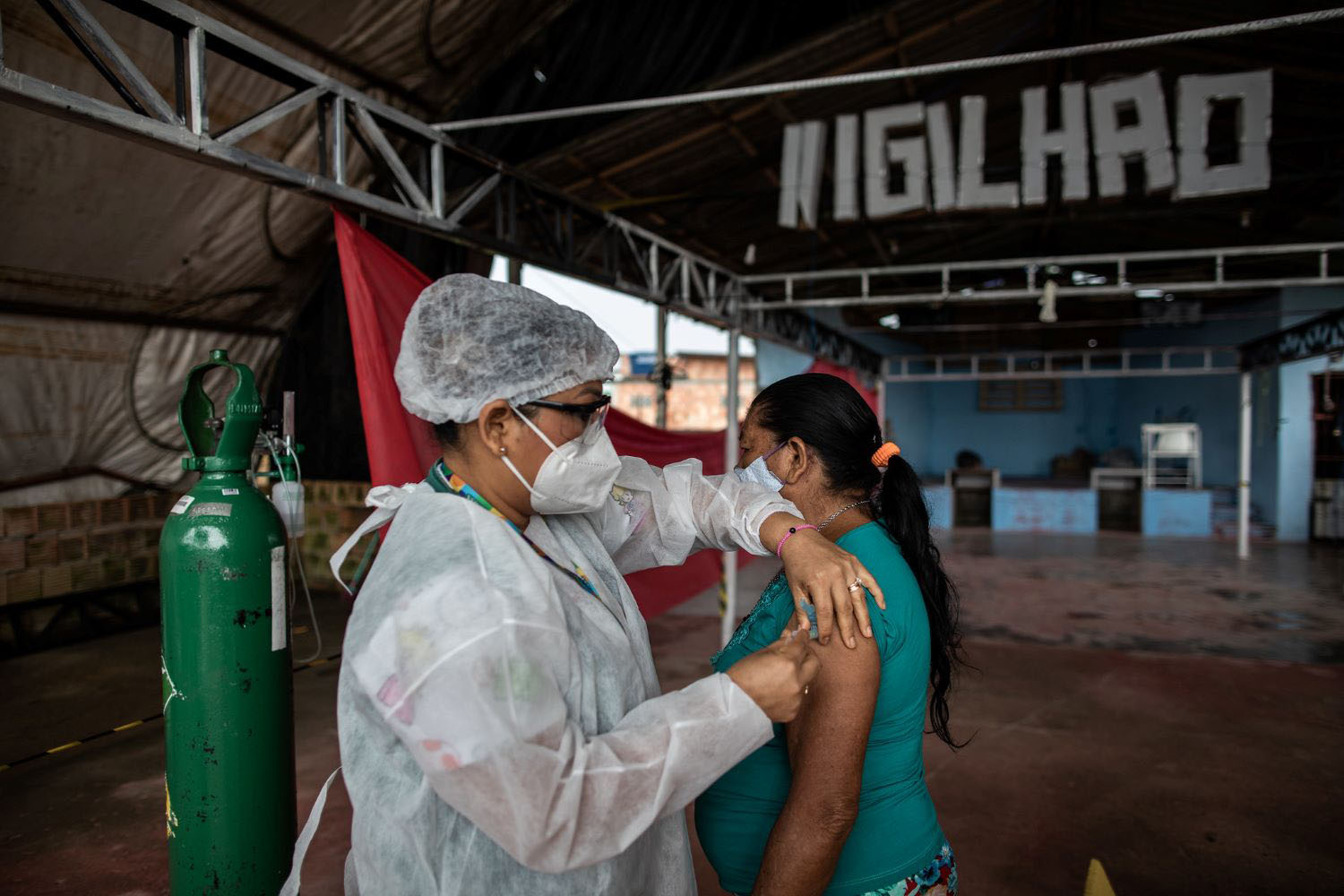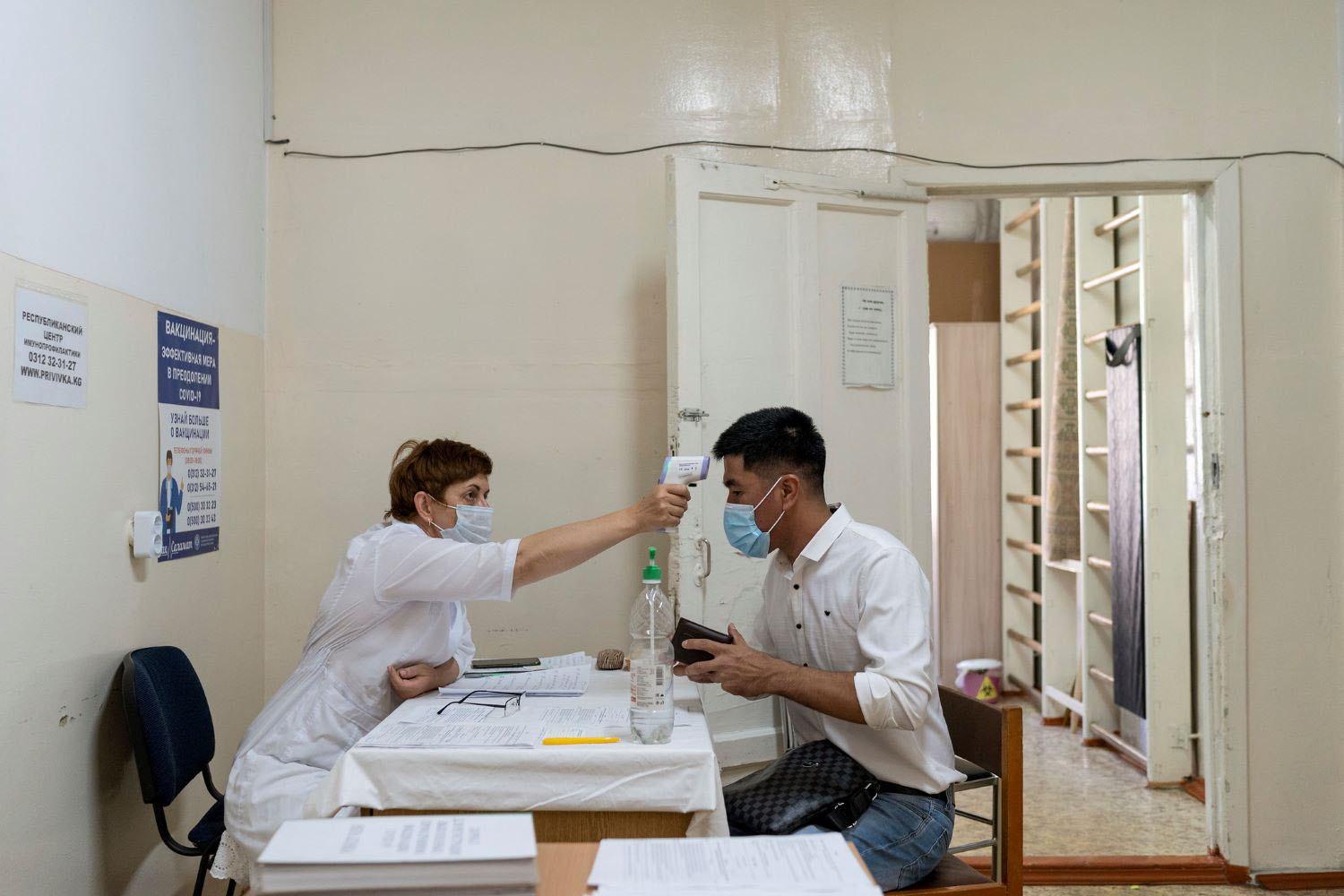You might have missed in early December the news reported by WHO on the raging measles outbreaks across Europe this year, despite the decline of measles globally. In 2011 France alone had 14,000+ cases of measles this year (see p. 559 and also here), the most in Europe, and Ireland’s Health Protection Surveillance Centre also just noted a 149% increase in measles cases.Just how bad were the outbreaks in Europe this year? Using a WHO dataset, I plotted a few European countries with high numbers of cases, the United States, and a total for WHO Americas (which includes 35 countries in the Western hemisphere) before 2011. The chart below shows that the number of cases in WHO Americas fell rapidly in the 1990s and has stayed low. However in recent years, France, Germany and the UK have all reported more cases of the disease than the whole of the Americas. The number of cases in France from 2011, for example, would indicate that the country has fallen back to levels last seen in 2000 or earlier.

Measles is a leading
cause of death among children today—some 164 thousand deaths globally in 2008—mainly in Africa and South Asia. In developing countries the case-fatality rate is estimated to be 3%-5% but may run up to 10%-30% in certain localities. One of the most highly communicable infectious diseases in the world, measles is believed to be
one of the first to reappear when immunization coverage rates fall.Europe’s insufficient coverage of measles immunization threatens not only Europeans. Most measles importations to the United States since 2005 have been from Europe (see
p. 563), and that the incredible progress made by Latin America—
which eliminated measles in 2002—is now threatened by Europe’s failure to vaccinate. The wealthy European countries that are spreading measles to the Americas are also
staunch supporters of GAVI Alliance, which fights vaccine-preventable diseases. Perhaps European countries should consider the costs of exporting measles relative to their GAVI donations. Anyone from the Americas
travelling to Europe should check to see that their measles immunization are up-to-date.Why aren’t enough Europeans vaccinated? WHO lists 'contributing factors' (
p. 561) that basically boil down to misinformation about the risks of measles vaccination sparked by a notorious 1998 article in the
Lancet that erroneously suggested links between vaccination and autism. Though the article was
retracted in 2010 (and there is no evidence on this linkage at all), it’s difficult to overcome more than a decade of incorrect knowledge. Many of those getting measles in Europe are those who were young children around the time the Wakefield article came out. More distressingly,
several studies have found that a large share of European health workers do not support or even
oppose vaccination. If knowledge about controlling infectious disease is a public good, then incorrect knowledge is truly a public ‘bad.’ Is misinformation more infectious than the diseases themselves?To change knowledge and behavior, we need national commitments to address this challenge of increasing measles immunization coverage and reaching those who failed to get immunized in the past, combined with modern communications and marketing savvy to get the message out, particularly through physicians and health workers. Underpinning this should be a renewed commitment to public health surveillance and epidemic intelligence. Let’s hope that in 2012 Europe can
get better on measles immunization, perhaps by learning from the Americas.
CGD blog posts reflect the views of the authors, drawing on prior research and experience in their areas of expertise.
CGD is a nonpartisan, independent organization and does not take institutional positions.






